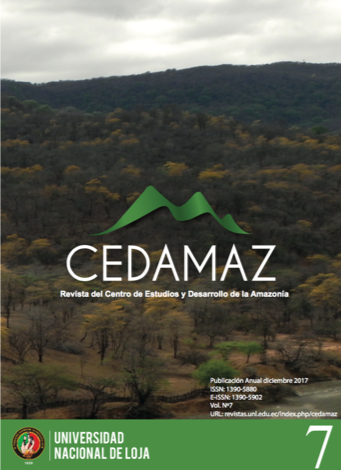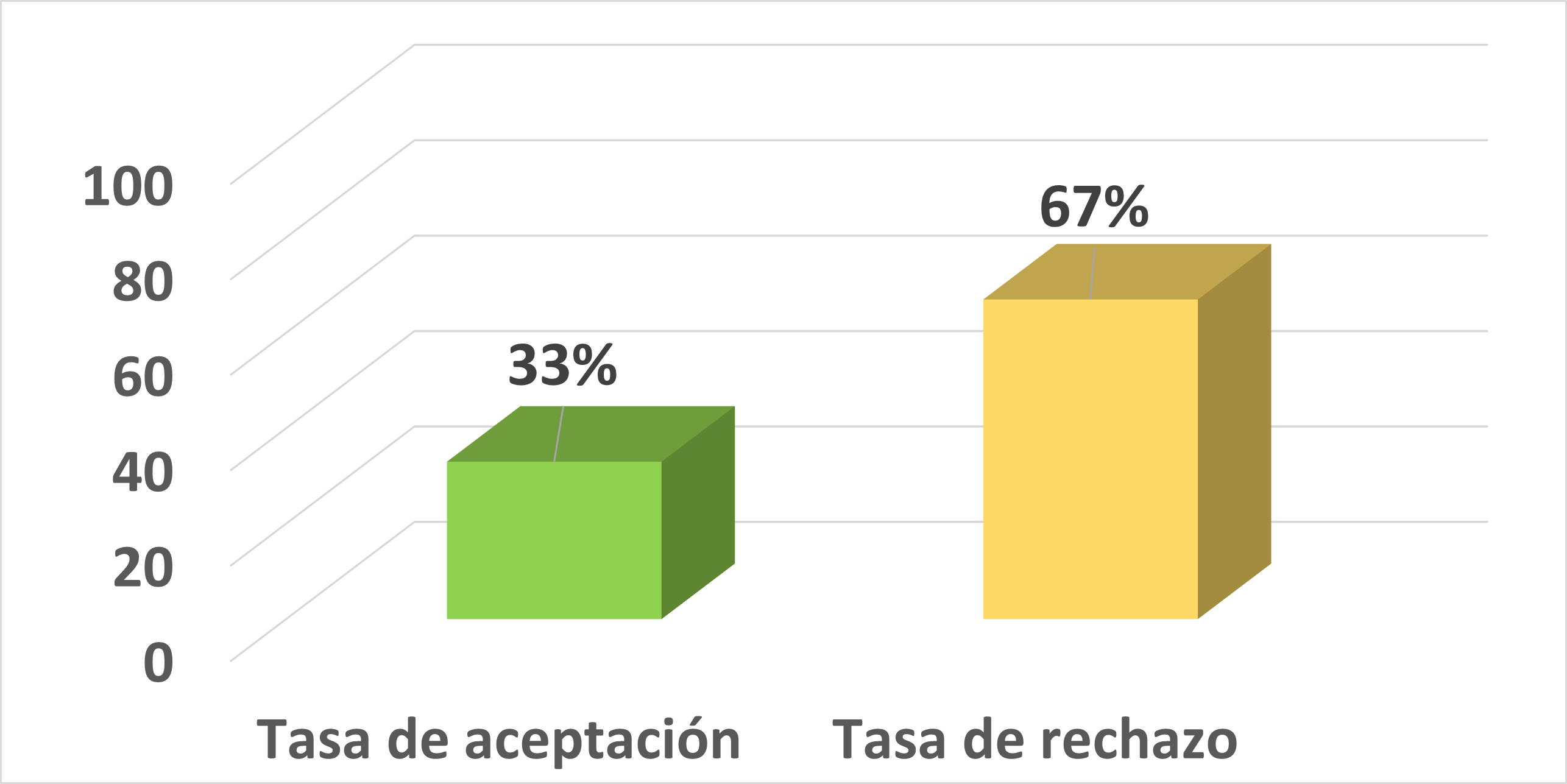Postural habits of risk for developing hyperlordosis, kyphosis and scoliosis in children aged 11 to 13 years old
Keywords:
Postural habits, Hyperlordosis, Kyphosis, Scoliosis.Abstract
The present study determines the risk postural habits that can generate hyperlordosis, kyphosis, and scoliosis in children from 11 to 13 years old in the Manuel Ignacio Monteros school of Loja city. The study was carried out to a population of 83 students. We applied a survey to analyze the postural habits adopted both in the house and in the educational institution, as well as the way of carrying, the type and weight of the backpack. In addition, an observation technique was used through a checklist to assess the postures of students in the chair and when lifting objects from the ground. For the analysis, the Adams test and the sagittal arrow test were applied to obtain the indices of kyphosis and lordosis, as well as the level of scoliosis. According to the results, there are deficiencies in postural habits, since 70.75% have incorrect postures when lifting light objects and 60.55% of students who have posture problems do not have a correct position in the chair. It is concluded that the column alterations are related to the weight of the backpack and the posture habits.References
Castro A.I: (2012). Posturas viciosas y su relación con patologías funcionales de la columna vertebral en los niños de sexto año “C” de Educación Básica de la Escuela fiscal Liceo Juan Montalvo del Cantón Ambato, periodo Enero - Junio 2012. Tesis de pregrado, Universidad Técnica de Ambato, Ambato. Ecuador.
CPFCM, Colegio Profesional de Fisioterapeutas de la Comunidad de Madrid (2016) Casi la mitad de los padres madrileños desconoce los hábitos que debe adoptar su hijo para prevenir dolores de espalda. Disponible en: servimedia.es. https://www.cfisiomad.org/Pages/detalle_noticia_pub.aspx?idnoticia=1180 [Consultado 15 octubre, 2017]
Delmas H.R. (2010). Anatomia humana. Editorial Masson. Barcelona, España.
Martín F.J. (2009). La postura corporal y sus patologias, prevencion y tratamiento desde la Educación Física. Innovación y experiencias educativas 21: 1-16. Disponible en:http://www.efekeze.com/images/2014/ayudaconsulta/fprevenci%C3%B3n_desde_la_educaci%C3%B3n_fisica.pdf
Meneses A. & P. Martin (2011). Higiene Postural. Movilización de Pacientes. Globalcess, España.
Romano M., S. Minozzi, F. Zaina, J.B. Saltikov, N. Chockalingam, T. Kotwicki, A.M. Hennes & S. Negrini (2013). Exercises for adolescent idiopathic scoliosis: a Cochrane systematic review. Spine 38(14): 883-893.
Sierra F. (2014). El peso de la mochila escolar afecta a la espalda y hombros. El Comercio. Disponible en: http://www.elcomercio.com/tendencias/estudiantes-mochilas-espalda-hombros-traumatologia.html [Consultado 15 octubre, 2017]
Vidal J.M. (2009). La higiene postural en la edad escolar. Revista Iberoamericana de Fisioterapia 4: 88-125.
Zurita F., L. Ruiz, L. Zaleta, M. Fernández, R. Fernández & M. Linares (2014). Análisis de la prevalencia de escoliosis y factores asociados en una población escolar mexicana mediante técnicas de cribado. Gaceta Médica de México 150: 432-439.
Downloads
Published
How to Cite
Issue
Section
License
Those authors who have publications with this journal, accept the following terms:
- After the scientific article is accepted for publication, the author agrees to transfer the rights of the first publication to the CEDAMAZ Journal, but the authors retain the copyright. The total or partial reproduction of the published texts is allowed as long as it is not for profit. When the total or partial reproduction of scientific articles accepted and published in the CEDAMAZ Journal is carried out, the complete source and the electronic address of the publication must be cited.
- Scientific articles accepted and published in the CEDAMAZ journal may be deposited by the authors in their entirety in any repository without commercial purposes.
- Authors should not distribute accepted scientific articles that have not yet been officially published by CEDAMAZ. Failure to comply with this rule will result in the rejection of the scientific article.
- The publication of your work will be simultaneously subject to the Attribution-NonCommercial-NoDerivatives 4.0 International (CC BY-NC-ND 4.0)









